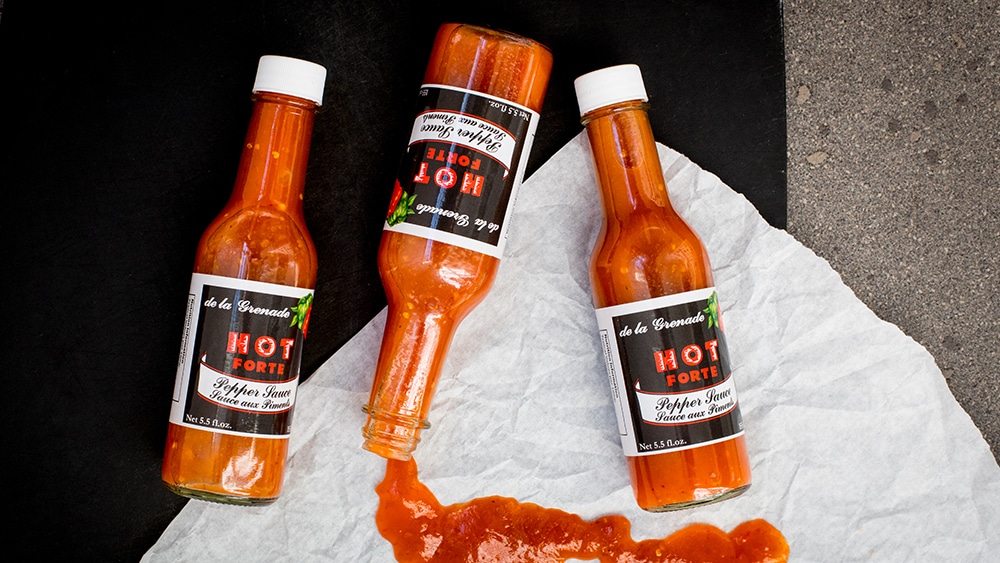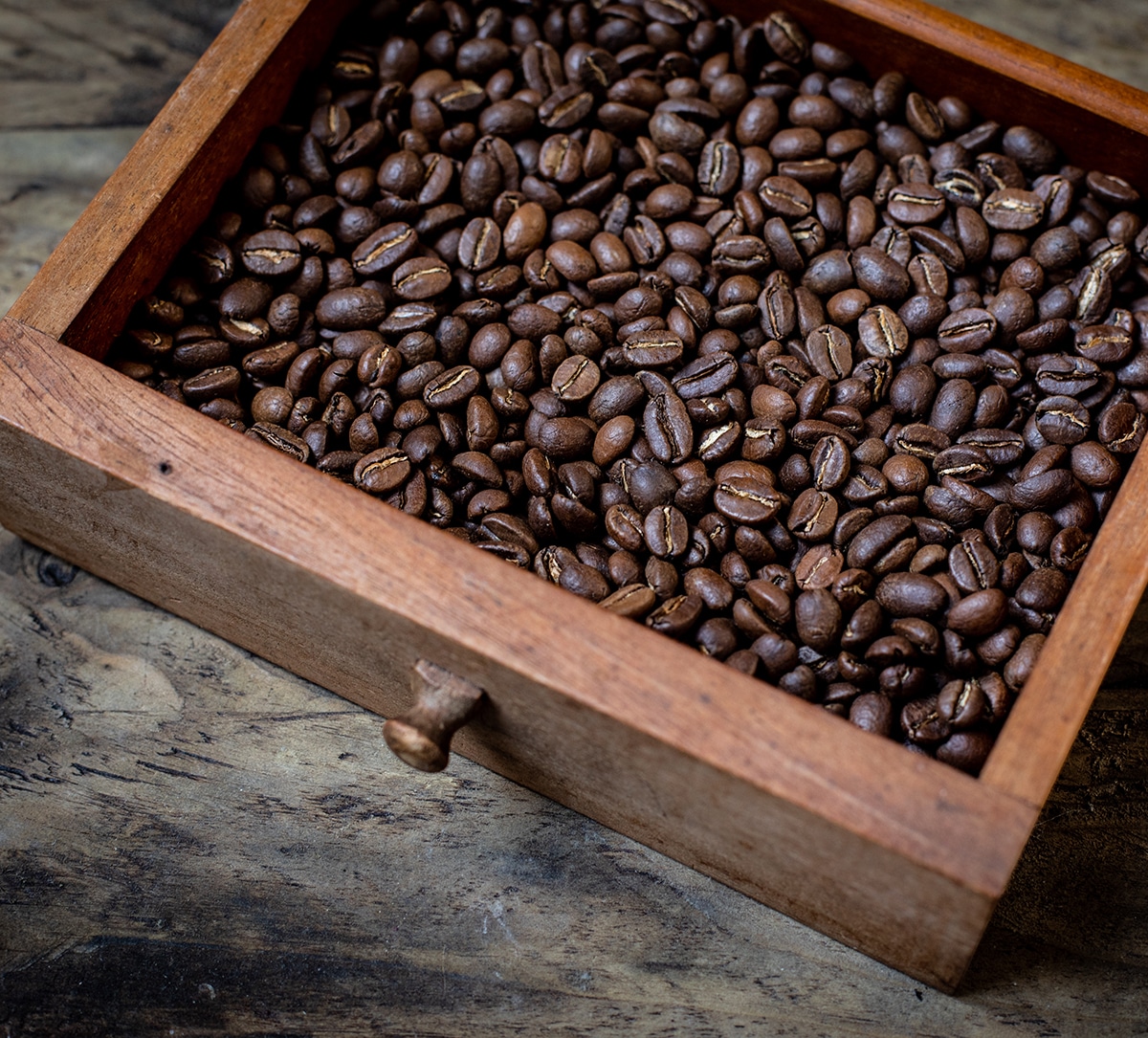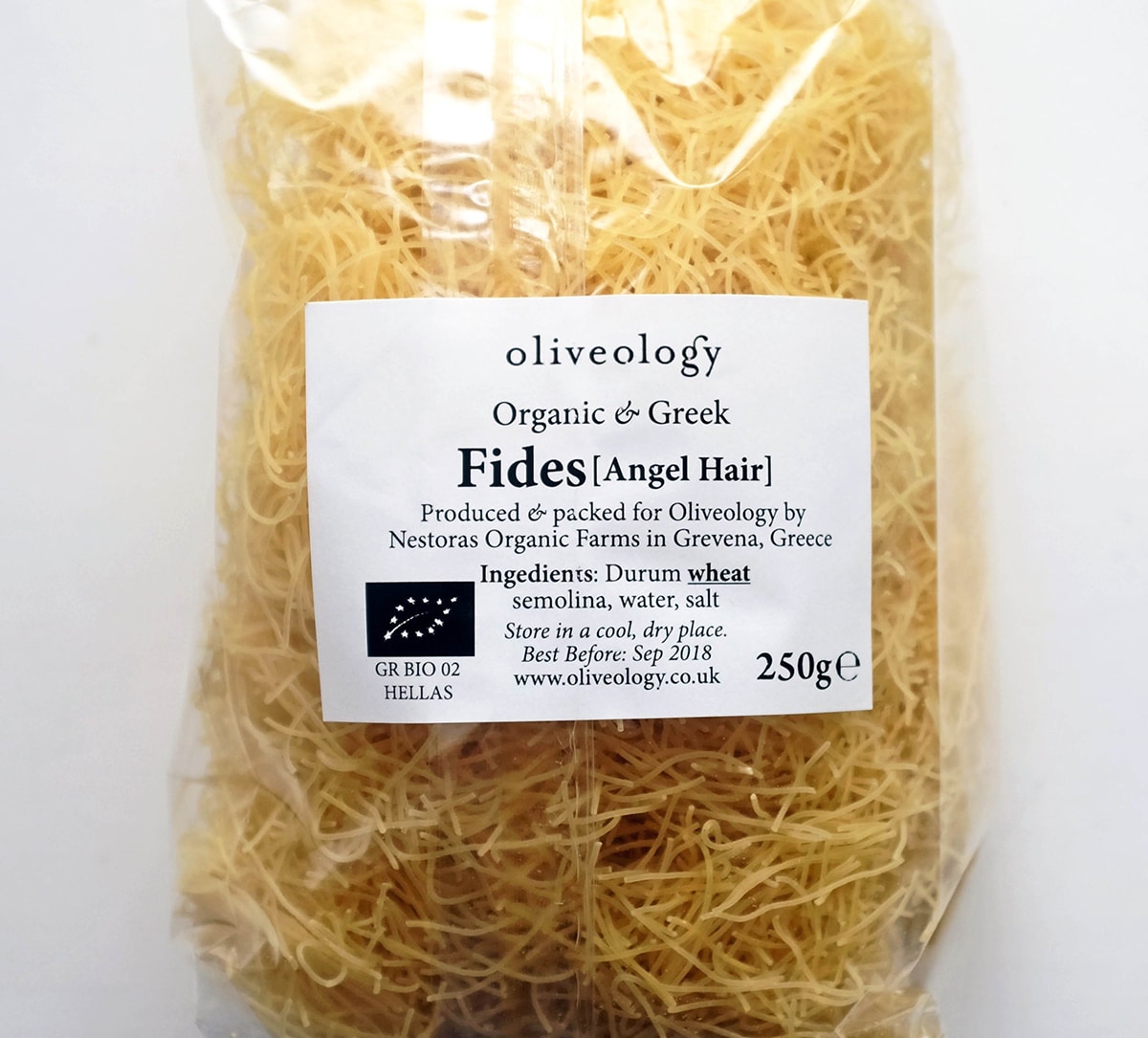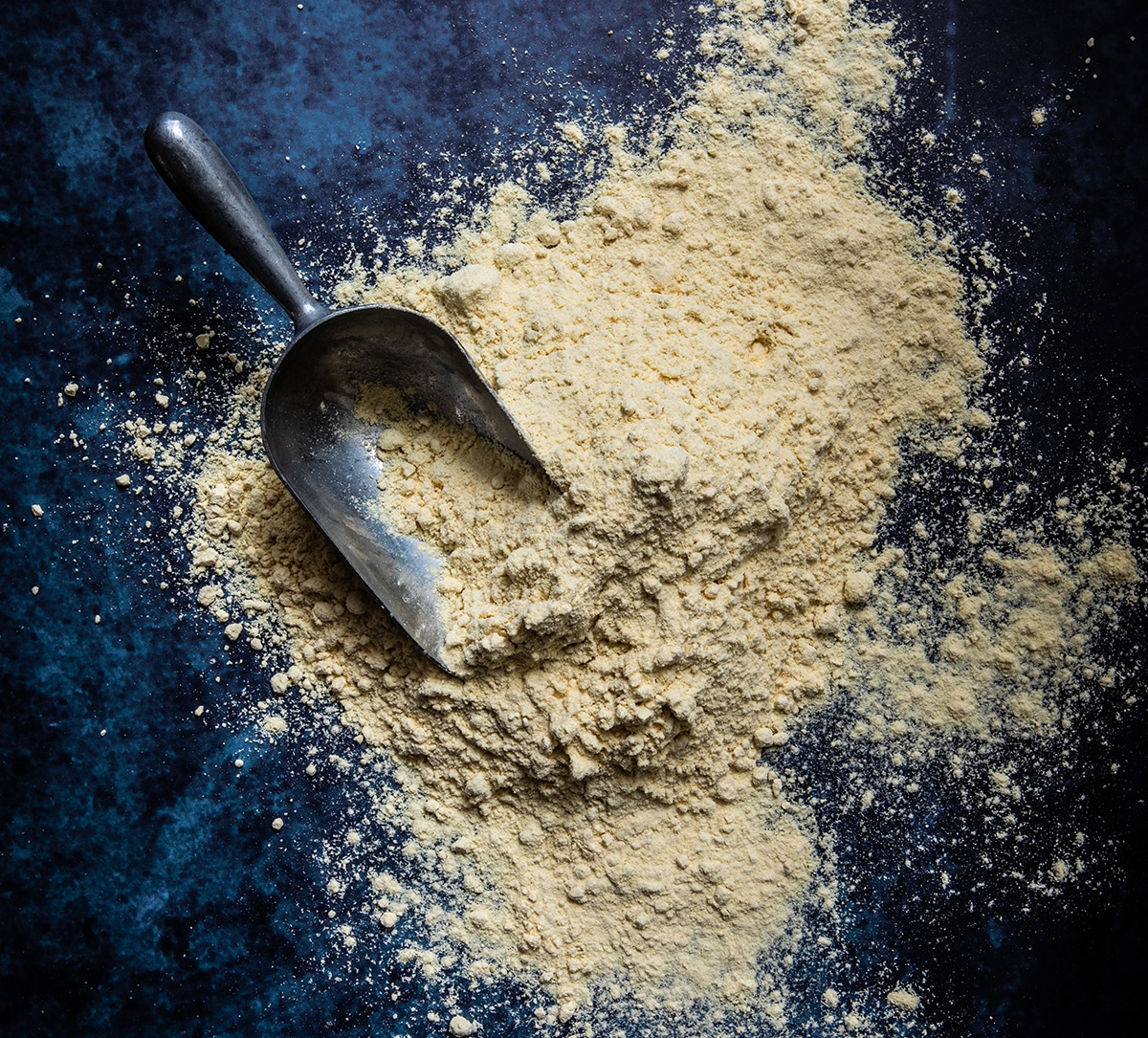Cupboard love: hot pepper sauce
Ed Smith explores the essential components of his kitchen cupboard. This time: hot pepper sauce


“ONCE AN ENJOYMENT OF THE CAPSAICIN COMPOUND HAS BEEN ACQUIRED, A DASH BECOMES A REGULAR NECESSITY”
Image: Regula Ysewijn
I’m very fond of the small glass condiment bottles that have a near-permanent place in my kitchen cupboards. There’s something strangely reassuring about these items, found lurking in the darker, stickier corners, at a height just beyond eye level – it’s a bit of a rummage every time I seek one, and rarely do I get the right bottle first time, but it’ll make its way to the counter top when required. Eventually.
No doubt our inventories are similar. I’m talking: a bottle of Worcestershire sauce, which is always between one third full and nearly empty, regardless of how recently I bought it; a couple of varieties of soy sauce; a sweet chilli sauce; some truffle oil; and several hot pepper sauces.
The latter category is vital. Not to everyone’s taste, I know. But once an enjoyment of the capsaicin compound that makes chilli peppers hot has been acquired, a dash becomes a regular necessity. It’s addictive: I splash hot pepper sauce on cheese on toast (both before and after the cheese goes under the grill); onto omelettes; over scrambled eggs and baked portobello mushrooms; into mayonnaise to pep things up a little; through soups and stews, particularly tomato-based ones and especially if there are black beans or tortillas involved. And I know others who employ it over many, many more things. The nutters.
Hot pepper sauces vary in character and colour depending on the chilli pepper, and where it sits on the Scoville scale of pungency. There’s the famous American one from Avery Island, USA, made from the tabasco pepper, and a massive range of Mexican hot pepper sauces too, which might be made from habanero, chipotle, guajillo, arbol, or piquin chilli peppers, or combinations thereof.
Punchy hot pepper sauces are a vital part of cuisine in the Caribbean islands. A few Trinidadian versions are conspicuous for employing maruga scorpion peppers – at 1,200,000 Scoville Heat Units (SHUs) one of the very hottest around, and too much for me (for more context, tabasco peppers measure 2,500-5,000 SHUs, chipotle 1,500-2,500 SHUs). Others use scotch bonnets, which tend to measure between 80,000 and 400,000 SHUs, so sure are hot, but they’re fruity too.
Though known for its Grenadian jams, jellies and spices, Green Market stalwart De La Grenade has two hot pepper sauces, both of which are worth a taste. There’s a yellow one, which is a common West Indian style – usually this is down to the use of onions, turmeric and mustard powder to temper the scotch bonnets, though De La Grenade’s is coloured by piccalilli, which adds a delicious piquant sweetness and provides a soft impact. But I really like the other one – the Forte sauce, which makes my lips throb and nose a little sweaty, without losing the taste of the peppers. Moreover, this is something that can be used as an ingredient as well as a condiment, as it makes an excellent and often vital addition to a marinade.
Hot pepper sauces are crucial in things like buffalo wing marinade, where it is incorporated into the mellowing comfort of melted butter – something similar would work well painted onto corn on the cob. But I love how De la Grenade’s Forte adds a warm tingle to papaya marinade. Use this on any tough, slow-cooking meat you’ve lined up for the barbecue, be that chicken thigh or lamb shoulder, as papaya contains an enzyme called papain, which is an incredibly effective tenderiser. It’s particularly good with pork steaks cut from collar or neck; the kind of things that might not be on a display, but the Market’s butchers will happily oblige if you explain what you’re after.
Update: De La Grenade no longer has a stall at Borough Market (September 2025)


